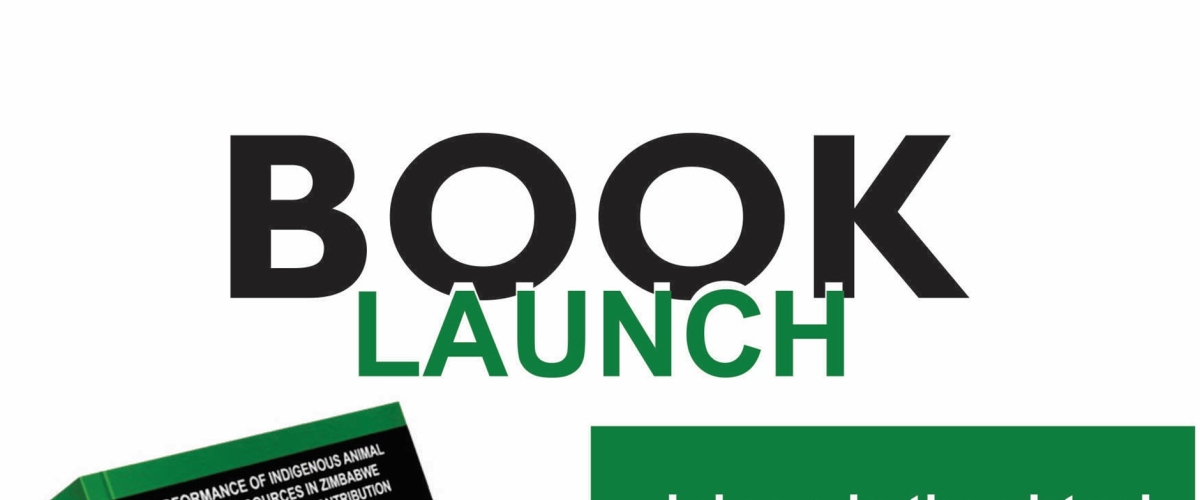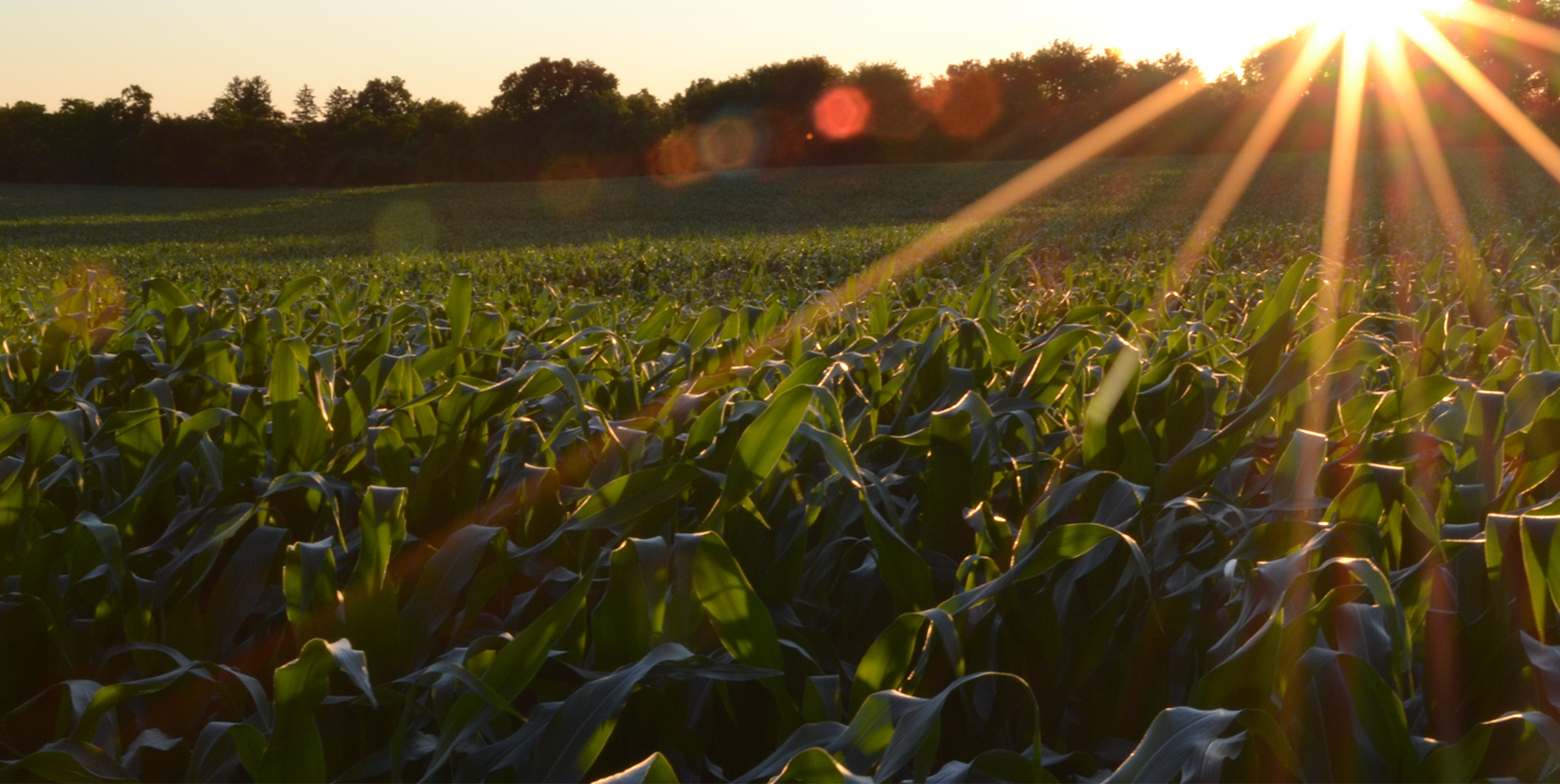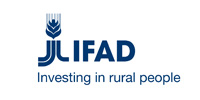
Over the years, people in the SADC region and the African continent have been made to believe that exotic animal breeds are far much better than indigenous breeds. However, this has been proved wrong by Prof Carroll Khombe, Dr Patrick Tawonezvi and Prof Kennedy Dzama, authors of a book the Performance of Indigenous Animal Genetic Resources in Zimbabwe and Their Potential Contribution to the Livestock Sector. This revelation came to light during the virtual book launch organised by the Centre for Coordination of Agricultural Research and Development for Southern Africa (CCARDESA).
CCARDESA's executive Director, Dr Cliff Dlamini, welcomed the participants to the book launch event. He mentioned that book writing required commitment, research, and review and was happy to see the authors writing such an excellent book. He hoped that many countries like Zimbabwe would develop a culture of writing books and making it their way of life. He applauded the authors for writing the book that was being launched. Dr Dlamini added that the event reemphasised CCARDESA's mandate of research and knowledge brokerage and translation. He informed the participants that CCARDESA has a keen interest in animal genetics, evidenced by its continued support to organisations spearheading the animal genetics agenda. He commended the authors for their outstanding work and urged all to emulate this as books help people make informed decisions for agricultural development and transformation. He also thanked all the people for attending the book launch.
The SADC Food, Agriculture and Natural Resources (FANR), representative Mr Duncan Samikwa, gave the opening remarks in which he expressed gratitude for the invitation. He indicated that the event aligns very well with SADC's regional priorities of supporting the sustainable utilisation of animal genetic resources. SADC attaches so much importance to the topic at hand, as demonstrated by the action taken by the SADC ministers who recently approved the SADC strategy on sustainable use and conservation of animal genetic resources.
Mr Samikwa reiterated that the book would support the production of indigenous animal resources in Zimbabwe and provide suitable lessons for other countries. He appealed to development partners to support the production of a book that will help the whole region. He mentioned that in the SADC 2020 to 2030 Regional Indicative Strategic Development Plan (RISDP), livestock is a critical area highlighted as one way of harnessing regional trade and food security in the region. He also emphasised that Indigenous breed provide a better option than exotic breeds because of their resilience, especially in the light of Climate change. He applauded Zimbabwe and encouraged other countries to come up with similar knowledge resources. He commended the authors and thanked CCARDESA for supporting the book launch.
The authors highlighted that Zimbabwe is endowed with a wide variety of animal genetics, with cattle, goats, pigs and poultry being the main livestock species used for food and agriculture. Several breeds, including indigenous and exotic, are found among these species. However, policies ignore indigenous species, which are mainly not commercially exploited and are not exported compared to the exotic ones. Despite this being the case, the indigenous breeds are more adaptive and more productive than exotic ones and form 70% of animal genetic resources.
They further observed that despite the dominant contribution of indigenous livestock to agriculture and food in the country, they have generally been overlooked in formulating livestock production and marketing policies and practices. Consequently, indigenous breeds have received much less attention in livestock R&D and commercial production and marketing than exotic breeds. They attributed this state of affairs to the fact that they are erroneously considered inferior to the exotics due to their smaller body size and lower absolute growth rates, which discourages the commercial use of indigenous livestock in favour of exotic breeds. The authors highlighted that the Indigenous breeds are more productive because they are more fertile, survive better and have lower maintenance costs than the exotics.
The authors observed that exotic breeds are often promoted ahead of indigenous types because they are bigger in size and grow faster than indigenous breeds. But, the apparent growth advantage of exotics is insufficient to offset their inferior fertility, survivability and high maintenance cost. This is because growth rate and size contribute relatively little to overall productivity. Therefore, contrary to the commonly held view, indigenous meat breeds are as efficient as the large exotic breeds to produce carcasses of the same composition. In fact, indigenous breeds attain that composition at a younger age, at a lighter weight, and consume less feed than the larger exotics. As such, indigenous breeds are more productive than exotics and should be the basis of livestock development in the country.
Furthermore, the authors also revealed that most African people prefer eating meat from indigenous breeds instead of the exotic types. They informed the participants that the book also highlights how the current live animal and meat grading and pricing system are biased against indigenous breeds.
The farmers, researchers, NGOs, academia, policymakers, development partners, among others, were indicated as the target audience for the book. An eBook or a hard copy of the book can be obtained by contacting the authors. In Zimbabwe contact Dr P Tawonezvi at ptawonezvi@yahoo.com 00263774447807. Outside Zimbabwe contact Prof K Dzama kdzama@sun.ac.za 0027729012026
In response to the book's launch, Dr Edward said that "this is a book we have all been waiting for. It is an inspiration and has everything a breeder needs. It is a must-have for every student on indigenous breeding. It is a great piece of work". Another participant, Moyo, Siboniso (ILRI), congratulated the Authors for writing about this vital resource in Zimbabwe. "Great content. I like the messaging. I also like the evidence-based thrust thus, harnessing the work done in the country and elsewhere across the continent. We need the next generation of Scientists to take this message forward".
Another participant Prof. Makombe, probed, "In the book, is there evidence of how indigenous cattle perform in a commercial setting where profit is the sole objective? I think this is where exotic breeds seem to perform better than indigenous ones (of course, given the existing carcass classifications systems). This is also an area where economic analysis could sharpen some of the important observations made in this book. Can the indigenous breeds be successfully utilised in the commercialisation of smallholders when profit becomes the sole or most important objective?".
Another participant, Thobela Nkukwana, said Food security in our rural communities is in a crisis, and a broader understanding of our animal genetic resources can really assist.
Another participant, Walter Svinurai, said well done to the authors. This book will significantly relieve researchers from the difficult work of searching for AnGR information in many offline archaic resources/journals in Zimbabwe.
The African Union Inter-African Bureau for Animal Resources Director, Dr Nick Nwamkpa, said AU-IBAR is extremely proud of this achievement. It hopes that this will lead to higher attainment in the field of animal breeding.
Dr Simon Mwale, the CCARDESA Programmes and Grants Manager, gave his closing remarks where he said it is a rare occasion to launch such an interesting book. He affirmed that the number of people attending the launch attests to the importance of the event. He congratulated the authors for coming together to provide the book. He added that the value of the book is not in the pages but the content. He urged the authors to update the book to have follow-on editions after receiving feedback from farmers and students. Dr Mwale thanked all the participants for participating in this book launch amidst their busy schedules. He finally thanked the authors for the great book and all partners for their time.






